From becoming an independent city state, to a heritage zone or thriving mixed-use hub, Kat Hanna speculates on the City’s possible futures
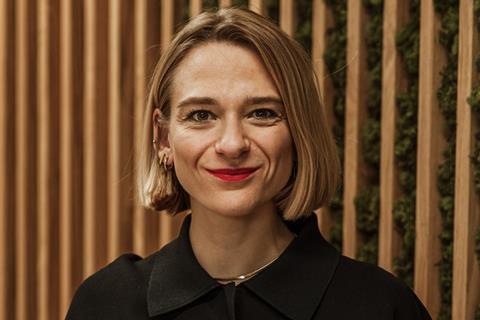
How do you predict the future of one of London’s oldest and most distinctive neighbourhoods? It’s tempting to retreat into the relative comfort and certainty of the past, but perhaps more fun to exaggerate current trends to arrive at some speculative and not entirely serious scenarios for the future of the City of London.
While created as much to entertain and provoke, the below scenarios serve as thought-provoking examples of how the City of London’s future is shaped by its ability to anticipate and adapt, and by events and economic trends beyond its own control. Although not unique to the City, its distinctive administrative boundaries and structure, and strong relationships with investors and developers, as well as its sizeable real estate portfolio, give it a competitive edge in shaping its own future.
We have plenty reason to believe that the City can withstand changes to the type of business activity that it accommodates, and the ways in which its spaces are used. The City’s response to significant events, such as the Big Bang and the transition to electronic banking in the 1980s, which catalysed the addition of four million square feet of office space, highlights its remarkable capacity for adaptation. This adaptability, coupled with a willingness of investors and landlords to embrace innovation, positions the City well for any challenges that lie ahead.
Building on this adaptability, there are already indications of the City of London evolving and adapting. These developments, in part, result from policies set into motion before the Covid-19 pandemic. While financial services remain central, there’s a noticeable diversification into sectors like technology and media. This shift reflects a broader strategy to ensure the City remains a dynamic and attractive destination for businesses of all kinds.
There is, of course, a smattering of fun too. Initiatives likes the Museum of London’s opening in Smithfield in 2026, alongside more tactical public realm interventions, such as Sculpture in the City, contribute to a richer urban experience, appealing to residents and visitors alike. It’s unlikely that any single one of these interventions will prevent or predict one of the below scenarios unfolding. But their reception by the City’s many stakeholders, both before and after implementation, and the measures by which they are deemed to be successful, are as good an indicator as any as to how the City will continue to evolve.
Now, let’s look at some scenarios.
London as a city-state
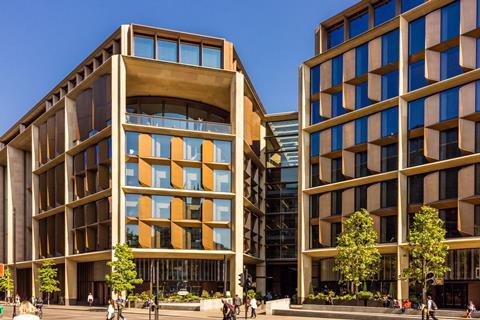
It’s 2040. After years of campaigning, London is now an independent city-state, having seceded from the UK after a third failed attempt to rejoin the EU. The UK parliament is now relocated to Warrington, and the Palace of Westminster converted into a hotel by a far east developer. London’s parliament now sits in what was once the Bloomberg Building. No one could ever really get to the Mayor’s office at Canning Town anyway, and after a period of tense negotiations, a bi-lateral London parliament is set up, comprising the Mayor and elected assembly members, and the City of London as a second chamber.
2040 marks the tenth anniversary of London’s independence, and five years since the city-state rejoined the European Union. Bank Junction, since renamed as Independence Circus plays host to a weekend of anniversary celebrations – marking a rare appearance for the ceremonial dress of the City of London Chamber members as the parade makes its way from the Bloomberg Building to the Guildhall.
The City as historic quarter
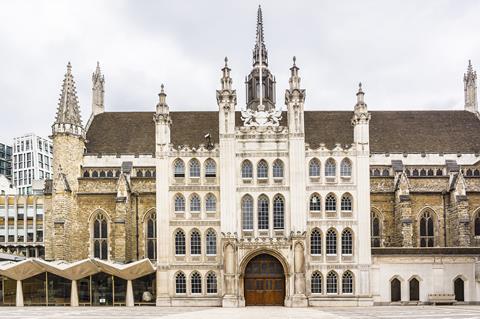
The City of London was designated a UNESCO World Heritage Site in 2035 – emphasising its historic, economic, and cultural significance, including hosting the highest concentration of financial services workspace and Pret a Manger outlets of any European city.
The City’s prominence as a tourist destination grew in the late 2020s. While still resembling a central business district (CBD), its business landscape has shifted, with much activity moved elsewhere. The City of London Corporation now prioritises preserving its historic assets in line with its World Heritage Site status.
The owners of the Ned private members’ club acquired Lloyds of London and two Canary Wharf outposts. The Guildhall, now a museum, rivals Venice’s Doge’s Palace in popularity among former administrative buildings-turned-tourist destinations.
Diversification delivers: a mixed-use neighbourhood
Welcome to the City of London, the capital’s newest neighbourhood! It’s vibrant! It’s dynamic! Look closely, and it’s maybe even a village! Well, it’s definitely not a village, but following a strategy for diversification and intensification of residential use, the City has proved that there is life after the CBD.
The City has transitioned to a mixed-use neighbourhood amid challenges for CBDs worldwide. Over the past decade, thousands of new homes were added, raising the residential population from 8,000 to 20,000. Much of this came from converting commercial buildings, a costly process for the City and investors. Retrofitting produced varied designs.
Some landlords opted out of the Retrofit Scheme, bearing costs absorbed by higher rents from diversified occupiers. The scheme’s hallmarks are visible elsewhere, with some waiting for a development moratorium to lift in 2045. This follows an agreement to prioritise retrofitting by the Mayor and City Corporation.
While these scenarios may seem far-fetched, they offer valuable insights into the City’s adaptive capacity. As it continues to embrace change and innovation, the City of London remains a beacon of resilience in an ever-evolving urban landscape.
>> Also read: Review | London of the Future
>> Also read: City of London Corporation approves retrofit first policy
Postscript
Kat Hanna is co-managing director for London at Avison Young.
This article draws inspiration from a chapter written by Kat Hanna for the book London of the Future by the London Society (2023).



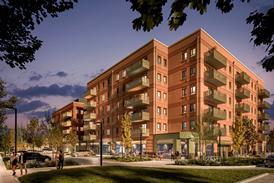
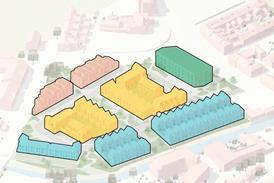











No comments yet